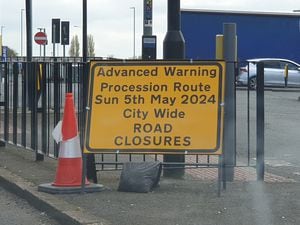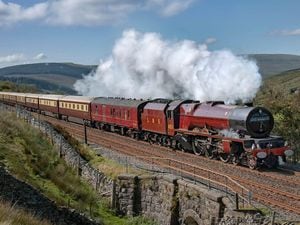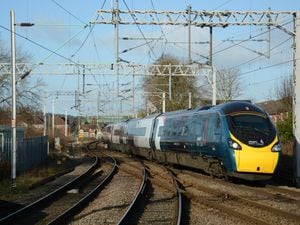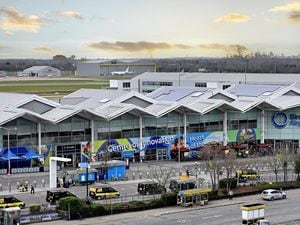Why newts, toads and bats could jeopardise huge Gailey Freight Hub
Rare great crested newts, protected common toads, breeding birds, bats, badgers and otters – all could pose a headache for developers behind the huge West Midlands Interchange rail freight hub.
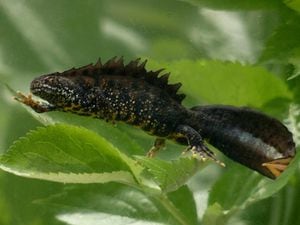
Surveys on the sprawling site at Gailey have found evidence of a range of creatures in and around the site.
All could cause considerable delays and additional costs for Four Ashes Ltd.
Four amphibian species were identified, 59 species of birds, as well as the site being deemed an important habitat for bats, badgers and otters.
Peter Frost, of Four Ashes Ltd, said: “We want to protect these species. Some are very sensitive, others are of medium sensitivity.
“We want to find alternative habitats for them.”
Around 45 acres of Calf Heath Wood – two thirds – would be chopped down. More than 2,000 other trees will also be lost as well as nearly three miles of hedgerow.
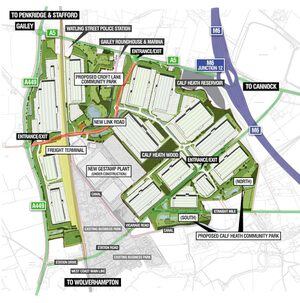
Four ‘veteran’ trees, which are particularly old or impressive, would also be lost.
The great crested newt is the best-known protected species for thwarting developers.
A breeding pond was found nearby but not on the site.
In Milton Keynes a building firm claimed to have had to spend more than £1 million catching 150 of the creatures – delaying the construction of 6,500 new homes by up to a year at a cost of £6,700 per newt saved.
Mr Frost said: “The newts probably will be what residents are most aware of. They are protected and we will identify them, collect them, and move them to an appropriate place. Of course we will take that into account.”
The 700-acre site will also require one main badger sett, six outlying setts, and one annex sett to be closed under licence.
At the moment the area is mainly used for arable farming with the 90-acre Calf Heath Quarry used to extract sand and gravel. The Staffordshire and Worcestershire Canal and a towpath runs roughly north to south through the western part of the site as does the West Coast Main Line. Public access is limited. A single Public Right of Way exists in the north-west and provides a link between Croft Lane and the A449.

